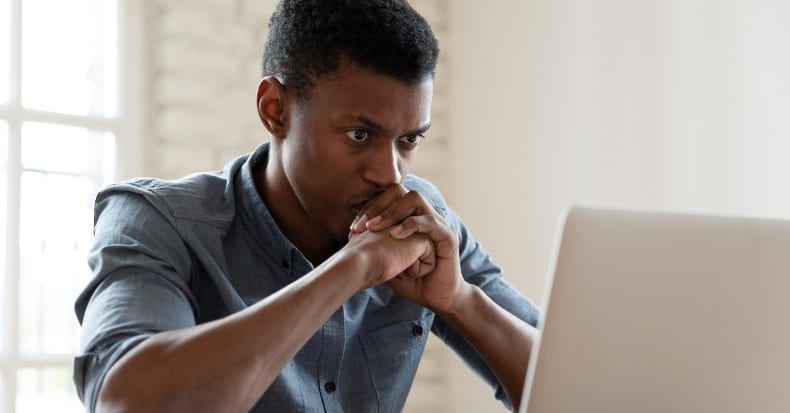In normal head and neck posture, the center of the shoulder joints are located vertically in line with the bottom of the mastoid processes (the bone just behind the bottom of the ear at the base of the skull) while the muscles on the posterior (or back side) of the cervical spine (neck) act to maintain balance and keep the head back.
Sitting at a computer or using a smartphone for long lengths of time can lead to a muscular imbalance—referred to as an “upper-crossed syndrome” (UCS)—where specific muscles in the upper back and neck (upper trapezius and levator scapulae) and the chest muscles (pectorals) are too tight. These hypertonic muscles “cross” with weakness of the deep neck flexors (in the front neck) and middle and lower trapezius (in the mid-back). This results in the classic forward head posture and rounded shoulders.
Fortunately, forward head posture can be remedied with exercises to strengthen the weak muscles and stretch the overly tight muscles. Here are a few:
-
- Perform a standard push-up (from knees or toes) and when in the “up” position, push further toward the ceiling (feel your shoulder blades spread further apart).
- Lie prone on a bench and raise your arms overhead to form a “Y”; follow with a “T” by lowering the arms to horizontal or 90°; move to a “W” (bend elbows 90° and lower arms to 45°); follow with an “L” (place arms at your sides keeping elbows bent at 90°, rotate outwards the forearms as far as possible). Squeeze your shoulder blades together, DON’T shrug the shoulders, HOLD each position for five to ten seconds and repeat the series two to three times.
- Tuck your chin inward and nod; add some resistance—using your thumb/index grasping the chin—resist in BOTH directions (down and up nods). As a posture re-trainer, keep your chin-tucked during the day.
- Lie on your side, elbow bend 90°; use a hand weight and raise it slowly toward the ceiling and lower it back down (five to ten slow reps); repeat on the other side.
- Stand in a doorway and hook your elbow on (or grasp with your hand) the door jamb; slowly turn your body away from the door jamb until you feel a strong stretch in your chest muscles. Start low and move your elbow/hand higher and repeat; continue upwards until its overhead. Repeat several times on each side.
- Look down and side bend RIGHT; reach over with your RIGHT hand and gently pull the head to a firm endpoint; reach with the LEFT hand toward the floor.
- Look down, side bend, and rotate your head RIGHT; reach over with your RIGHT hand and gently pull the head to a firm endpoint; reach with the LEFT hand toward the floor. REPEAT on opposite side. Hold five to ten seconds and repeat two to three times.
Upper crossed syndrome and forward head posture can also lead to joint fixations in the cervical and thoracic spine, which can be addressed by a doctor of chiropractic using spinal manipulative therapy. Your chiropractor can also walk you through these and other exercises to restore normal posture, depending on your unique case.
Thousands of Doctors of Chiropractic across the United States and Canada have taken "The ChiroTrust Pledge":
“To the best of my ability, I agree to
provide my patients convenient, affordable,
and mainstream Chiropractic care.
I will not use unnecessary long-term
treatment plans and/or therapies.”
To locate a Doctor of Chiropractic who has taken The ChiroTrust Pledge, google "The ChiroTrust Pledge" and the name of a town in quotes.
(example: "ChiroTrust Pledge" "Olympia, WA")
Content Courtesy of Chiro-Trust.org. All Rights Reserved.

